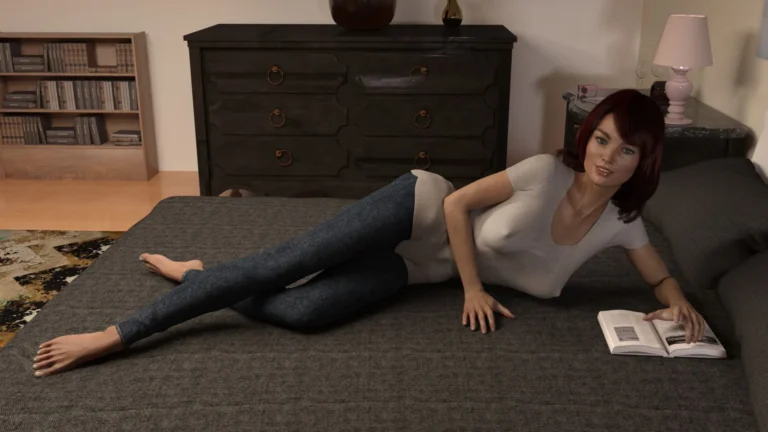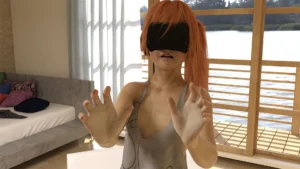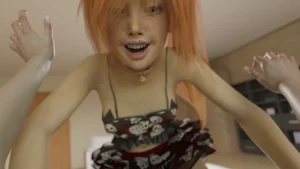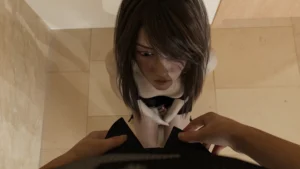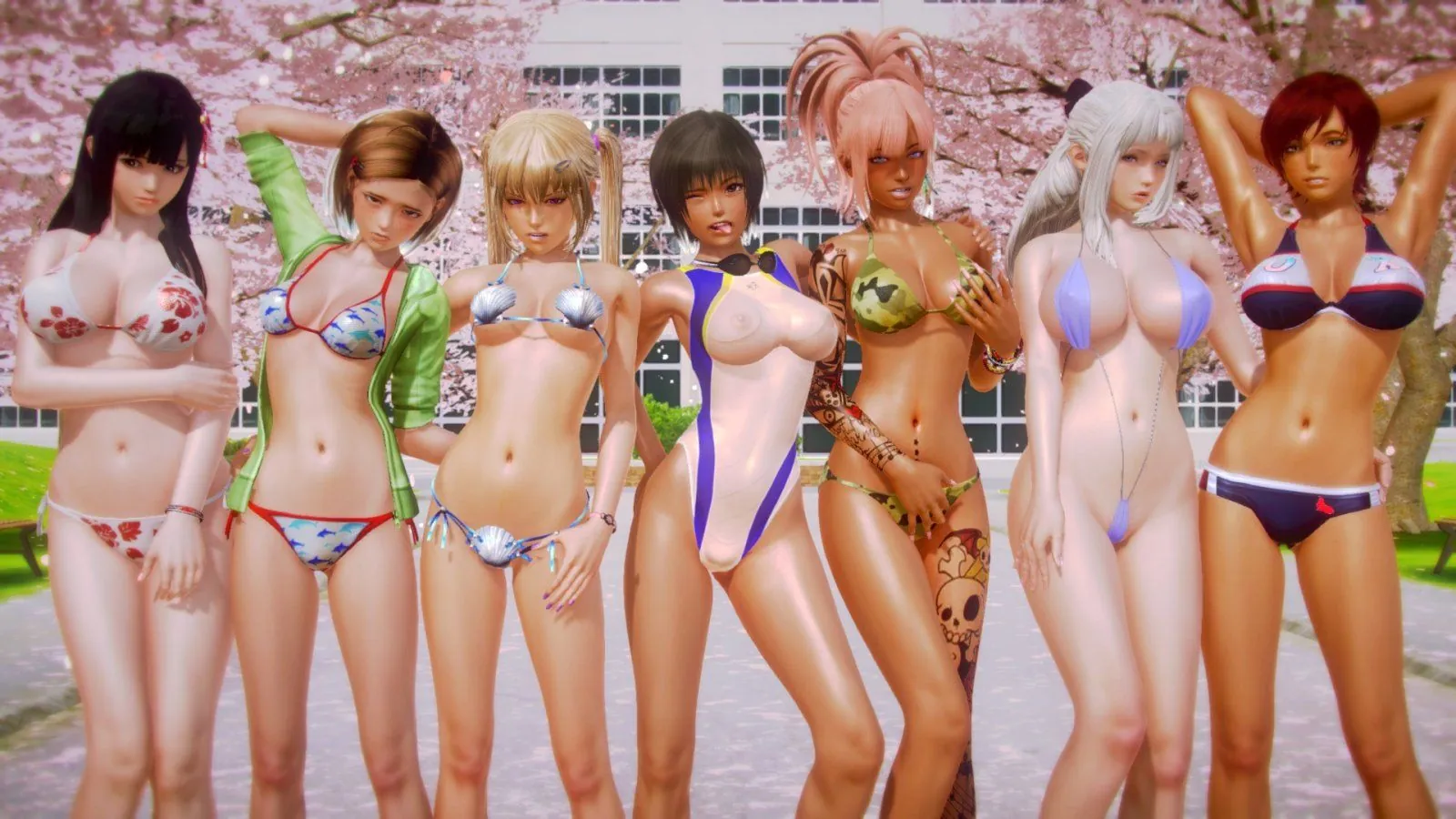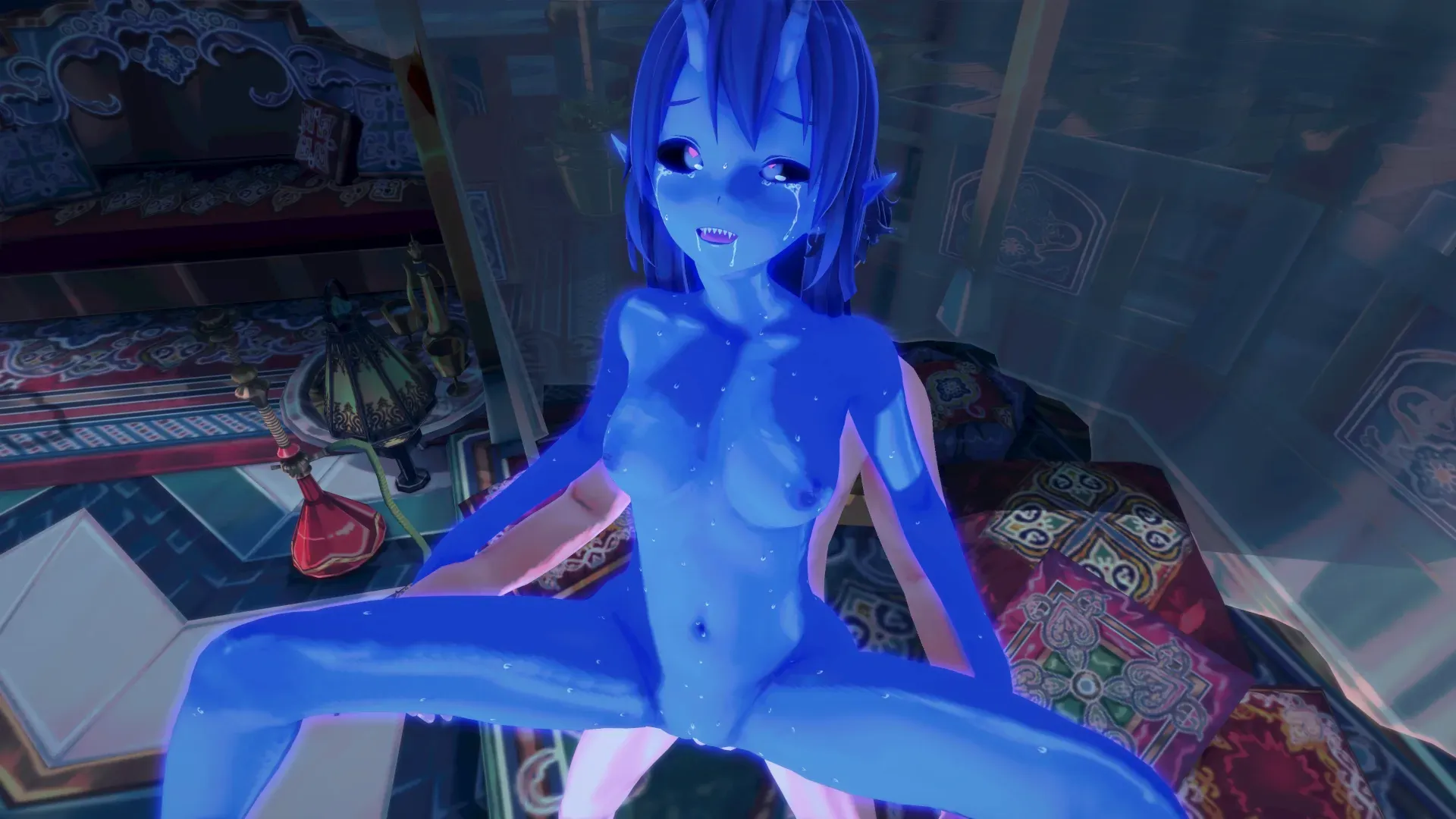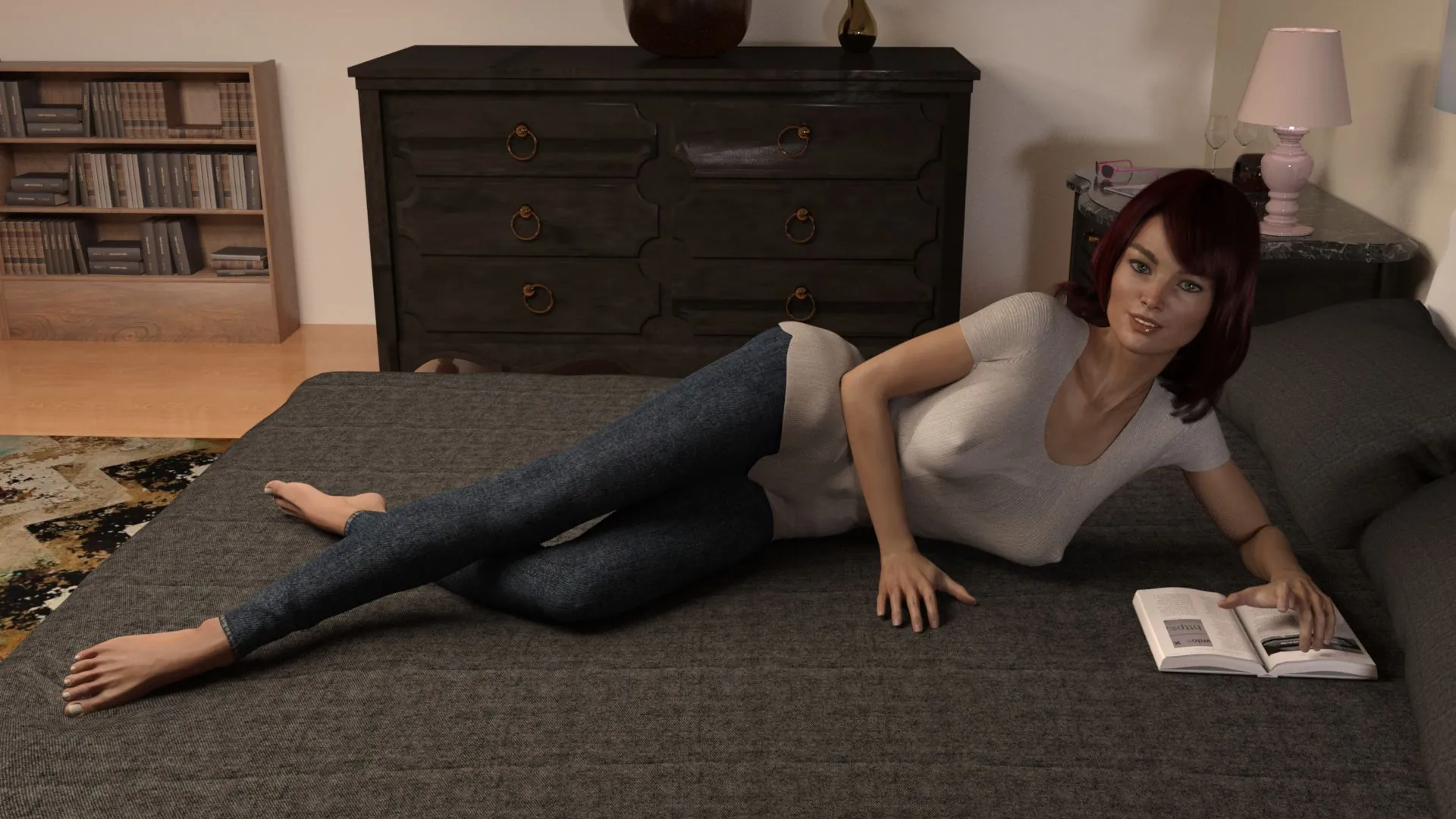
Play Bad Memories
Bad Memories review
Understanding the complex storytelling and player impact in this mature-themed experience
The visual novel ‘Bad Memories’ has sparked intense discussions in gaming communities with its raw portrayal of family trauma and moral choices. Unlike traditional adult games, it uses mature themes to explore psychological depth through branching narratives. This analysis examines how the game balances controversial content with emotional storytelling while maintaining player agency through meaningful decision-making.
Story Architecture and Character Development
Intergenerational Trauma as Narrative Foundation 🕰️💔
Let’s cut to the chase: Bad Memories doesn’t just tell a story—it digs into the messy, generational baggage we all carry. Imagine peeling an onion, but instead of tears, you uncover decades of family secrets, unresolved pain, and the kind of emotional knots that take lifetimes to untangle. That’s the game’s intergenerational trauma mechanic in a nutshell.
At its core, the game asks: How does your grandmother’s unspoken grief shape your father’s rage, and in turn, your own fear of intimacy? 🧩 Through trauma recovery mechanics, players navigate fragmented memories, therapy sessions (yes, you literally play out dialogues with a virtual counselor), and symbolic mini-games like “rebuilding” a shattered family photo. One player forum post described it as “therapy disguised as gameplay”—and honestly? They’re not wrong.
Take the protagonist’s childhood trauma, for example. A flashback scene where you’re forced to hide during a parental argument isn’t just backstory—it directly influences adult decision-making. Skip a dialogue option to confront a toxic friend? That avoidance might stem from your character’s ingrained fear of conflict. The game’s moral dilemma system doesn’t just judge you for “good” or “bad” choices; it asks, “Why did you think this was the only option?”
🚨 Pro tip: Pay attention to recurring symbols—a cracked mirror, a wilting houseplant. These aren’t just set dressing; they’re breadcrumbs leading to hidden story pathways that reveal how trauma echoes across generations.
Branching Paths and Consequence Systems 🌳⚖️
Here’s where Bad Memories truly flexes its narrative muscles. Forget “illusion of choice”—this game’s branching narrative choices are more like a choose-your-own-trauma-adventure, where every decision actually matters. Let me break it down:
- The Ripple Effect: Steal medication to help your depressed brother? That unlocks a subplot where he becomes dependent, but hides it from your parents.
- The Butterfly Effect: Comfort a bullied classmate in Chapter 2? They’ll later testify in your defense during a workplace harassment case.
- The Guilt Effect: Ignore a cry for help? The game remembers. Three chapters later, you’ll find their obituary in a newspaper—no take-backs.
Developers shared in a dev log that 73% of players reload saves after major decisions. Why? Because the moral dilemma system forces you to sit with discomfort. There’s no “paragon” or “renegade” meter—just shades of human messiness.
| Game Version | Average Choices per Playthrough | Unique Endings |
|---|---|---|
| 1.0 (Base Game) | 47 | 8 |
| 2.0 (Rachel’s Story Update) | 62 | 14 |
🔥 Hot take: The “Rachel’s Story” expansion isn’t just DLC—it’s a masterclass in hidden story pathways. By playing as the protagonist’s estranged aunt, you uncover letters and voicemails that recontextualize everything. Suddenly, that “overbearing mom” trope becomes a heartbreaking tale of systemic sexism in the 1980s.
Gender Representation in Player Avatars 🌈🔄
Let’s talk about the elephant in the room: most games treat gender like a cosmetic checkbox. Bad Memories flips the script with its gender-fluid protagonist, letting you switch pronouns/identities mid-game without it feeling like a gimmick. How? By weaving identity into the story itself.
- Dynamic Dialogue: NPCs react to your gender expression. Identify as non-binary? Your boss might “accidentally” deadname you during a promotion meeting.
- Clothing as Code: Outfits aren’t just skins—they’re narrative tools. Choose a binder in the character creator? The game acknowledges it in intimate scenes (“You wince slightly while hugging”).
- Rachel’s Hidden Legacy: The expansion reveals Rachel’s 1980s transition journey, tying her struggles to the protagonist’s modern-day quest for acceptance.
Player stats show something wild: 68% of users replay the game with different gender settings, not just for achievements, but because it changes how NPCs treat you. One forum user wrote, “Playing as a they/them lesbian vs. a he/him trans man? Entire subplots shift. It’s revolutionary.”
🎭 Here’s the kicker: The gender-fluid protagonist isn’t just about representation—it’s about visibility. When you confront a homophobic relative, the game doesn’t offer a “win” button. You might change their mind… or you might walk away, crafting a new definition of “family” along the way.
Why This All Matters 🎮❤️🩹
Bad Memories isn’t here to coddle you. It’s a mirror held up to our collective scars, asking, “What will you do with the pain?” Whether you’re unraveling hidden story pathways, sweating over branching narrative choices, or bonding with the gender-fluid protagonist, every click feels earned.
So, ready to dive in? Just remember: Save often. Cry often. And maybe keep a therapist on speed dial. 😉
Bad Memories demonstrates how mature themes can drive meaningful player engagement when handled with narrative care. Its focus on consequence-driven storytelling sets a new standard for emotional resonance in choice-based games. For developers exploring similar themes, prioritize player agency and psychological authenticity over shock value.
